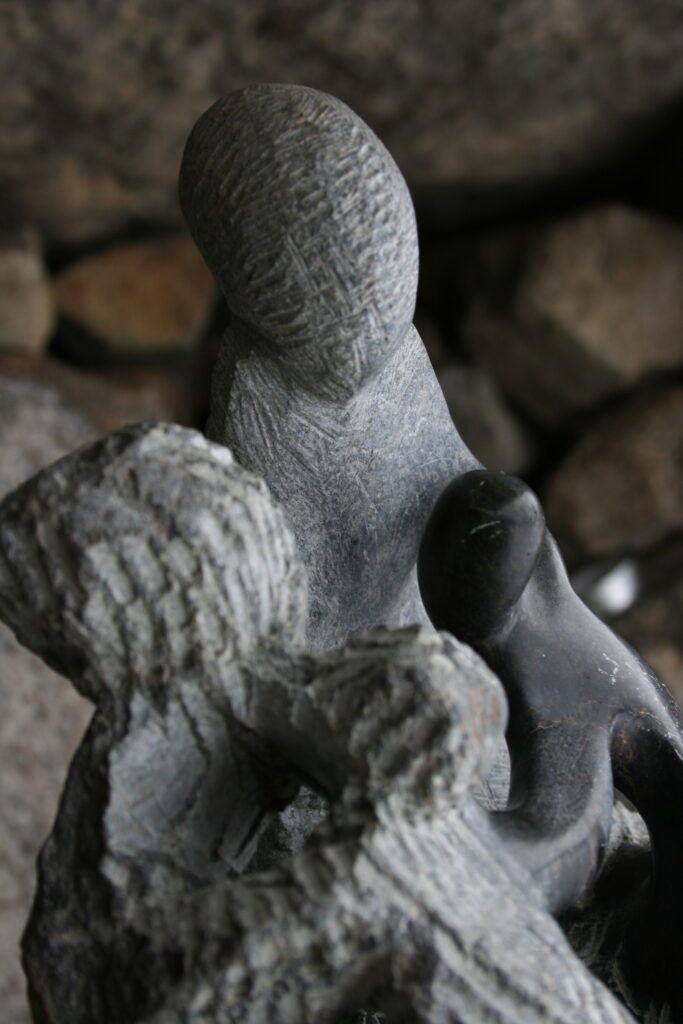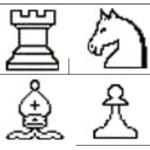🕉 From Vedic India to Chessboard and Leadership
This striking artwork, depicting two chess players seated in a lotus position, evokes more than just the game itself. It subtly reflects both the ancient spiritual roots of chess and its power as a visual metaphor for human strategy and relational dynamics.
The two figures—composed of contrasting patterns and locked in quiet focus—can be seen as archetypal opposites: different leadership styles, personality types, or decision-making orientations. Together, they create a balance. And in that balance, we glimpse something deeper: a mirror of ourselves, our cultures, and our roles in the systems we inhabit
Leadership and chess, it turns out, share more than one might assume. Every piece—and every leader—has a role to play. In the SGL Method for:
(Supervision – Groups – Leadership), this metaphor becomes a practical model. We identify four strategic leadership profiles, each aligned with the inner logic of the chessboard.
But to understand this, we must look our way back.







